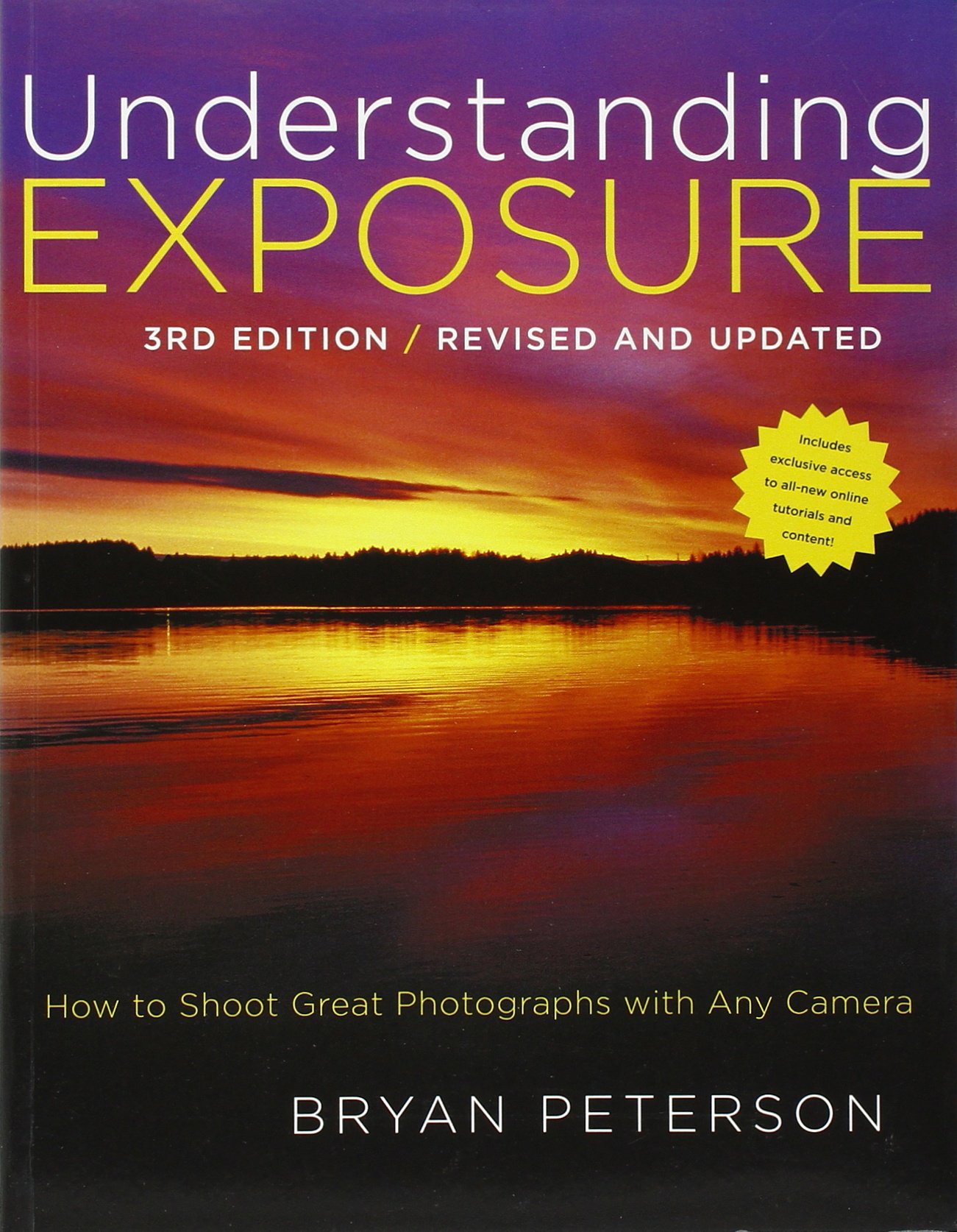The best book I’ve read about photography thus far. Starts off a little slow – aims to cover people with zero prior exposure to photography (no pun intended) – but is extremely practical, to the point, and provides mental anchors to make sure that the material sticks. It’s clear that the guy has tremendous amount of experience in the field and is somewhat conservative in his approach – automatic modes are extremely advanced these days and I doubt many people will fiddle with manual in the heat of the action – still, _understanding exposure_ is probably about that: getting it right independently from the capabilities of your camera.
Actually this book gave me sufficient confidence to try my luck with analog photography – more on that later.
Some takeaways
- Sunny F/16 rule for full frame analog allows you to shoot without light meter. Funny one, will need to try once.
- The light meter assumes 18% reflection. White is roughly twice, black about half that reflective, so compensate using this approach: mostly white image minus full stop, mostly black plus full stop (I doubt modern matrix metering would be confused but I’ll try).
- Storytelling composition with smallest aperture possible, isolation f/2.8 on APS-C (the guys used mostly f/5.6 of FF), who cares aperture using the sweet spot of the lens.
- Implying motion happens in 1/15 to 1/60 shutter range normally, but might get much slower down to 1/2 second even.
- Under difficult lighting conditions meter using the sky without the sun, then use auto exposure lock, recompose and fire away. In case of reflections (e.g. coastal scene) meter the reflected light.
- Frontlight works in golden hour best.
- Sidelight can be fabricated in broad daylight inside.
- Backlight messes up metering (see above) and you either shoot silhouettes or accept blown parts of the image.
- If the frame is mostly green, meter at -2/3 off the green area.
- A polarizer is best used when there’s 90 degrees between you and the sun – that includes right above your head. Otherwise it’ll have varying effect on your frame.
